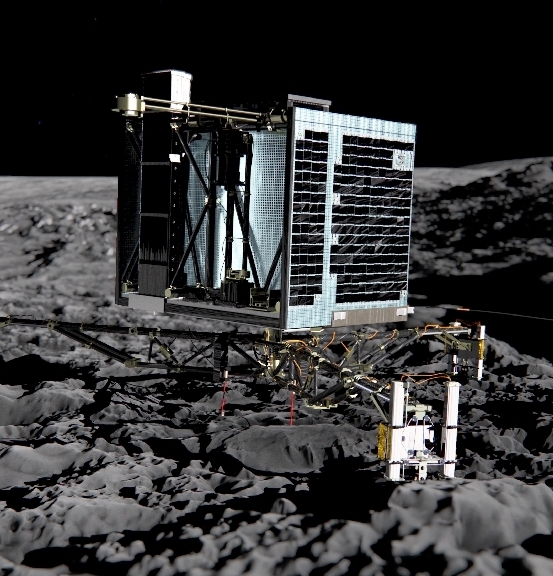Comet 67P with European robot lab riding piggyback nears Sun
A comet streaking through space with a European robot lab riding piggyback will skirt the Sun this week, setting another landmark in an extraordinary quest to unravel the origins of life on Earth.Scientists hope the heat of perihelion – when the comet comes closest to the Sun in its orbit – will cause the enigmatic traveller to shed more of its icy crust.If so, it could spew out pristine particles left from the Solar System’s birth 4.6 billion years ago, they believe.And if Comet 67P/Churyumov-Gerasimenko undergoes this dramatic change, Europe’s Rosetta spacecraft will be orbiting nearby, ready to pounce on any clues of how our star system came into being.
This is the time most of the action happens.
European Space Agency expert Mark McCaughrean
The ancient celestial voyager will reach its closest point to our star – some 116 million miles – on Thursday, before embarking on another 6.5-year egg-shaped orbit. Things have been heating up for weeks, with gas and dust blasting off the comet’s surface as solar heat transforms its frozen crust into a space tempest. This is “the greatest opportunity to catch material and analyse it if you’re looking for rare species of molecules, especially organic ones,” European Space Agency expert Mark McCaughrean told AFP. Most exciting would be if the duck-shaped comet’s “neck” – which hosts a 1,640-foot crack – were to break in two to reveal the raw insides.

Science